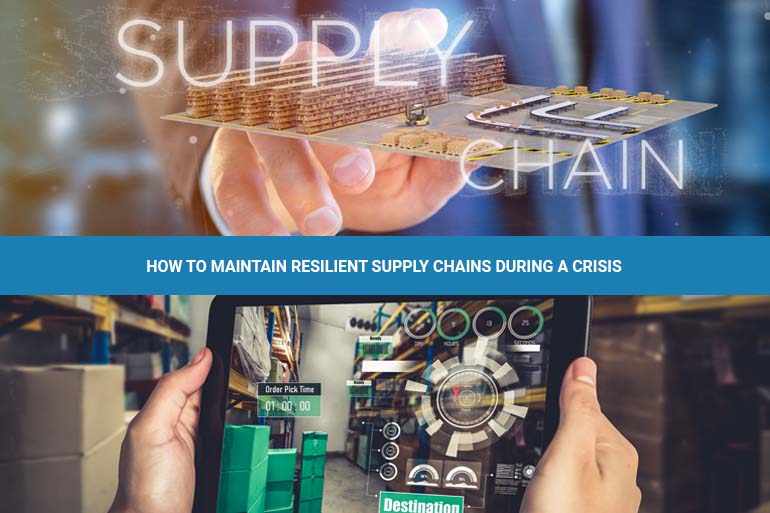If the pandemic taught us anything, it is that resilient supply chains are critical to the functioning of global trade. As a result of the crisis, we saw many global supply chains collapse and or struggle to keep up. Thus, for businesses of all sizes, maintaining a supply chain that will remain resilient during a crisis is critical to success. Here are some measures that can be taken to improve resilience.
Plan for the Unthinkable
Crises are not known to send advance notice prior to arrival. Thus, during “normal” times, it is necessary to plan and prepare for emergencies. To do so, potential risks need to be identified and best practices implemented across the supply chain in order to help to mitigate these risks. You should also prepare for demand volatility by creating rapports and arrangements with suppliers.
To mitigate economic risks, securing alternative financing is crucial. International export-import banks, such as Euro Exim Bank, are a great choice, and dealing with an international bank means you are not limited by the constraints of your domestic market conditions.
Digitization
Digitization and digitalization are critical when it comes to dealing with crises. They also help streamline processes and create a system that functions well and makes life easy for all participants. While some documents, such as bills of lading, may remain ‘paper-only’ for some time to come, most other mechanisms can be digitized. Digitization also brings with it the possibility for data collection and analytics, which will help to better monitor and tune your supply-chain.
Transparency with Suppliers
For a truly resilient supply chain, transparency with suppliers is critical. But this can be extremely challenging. In order to compensate for shocks, every participant in the supply chain must know what the others are doing. It is necessary to identify suppliers in high-risk areas and have alternatives ready.
This effort can be spurred on by eliminating legacy systems and automating processes, establishing open lines of communication, information sharing, using multi-tier suppliers to manage lead times and identifying essential suppliers while having alternatives ready.
Diversification
Having too many suppliers located within a single small region is not healthy. Thus, diversification of your suppliers is a critical component when building a resilient supply chain. Ideally, you should have suppliers for a single set of components from at least two different regions.
Ultimately, resilient supply chains are all about planning and strategy. And now is always a better time to plan and strategize than later.

